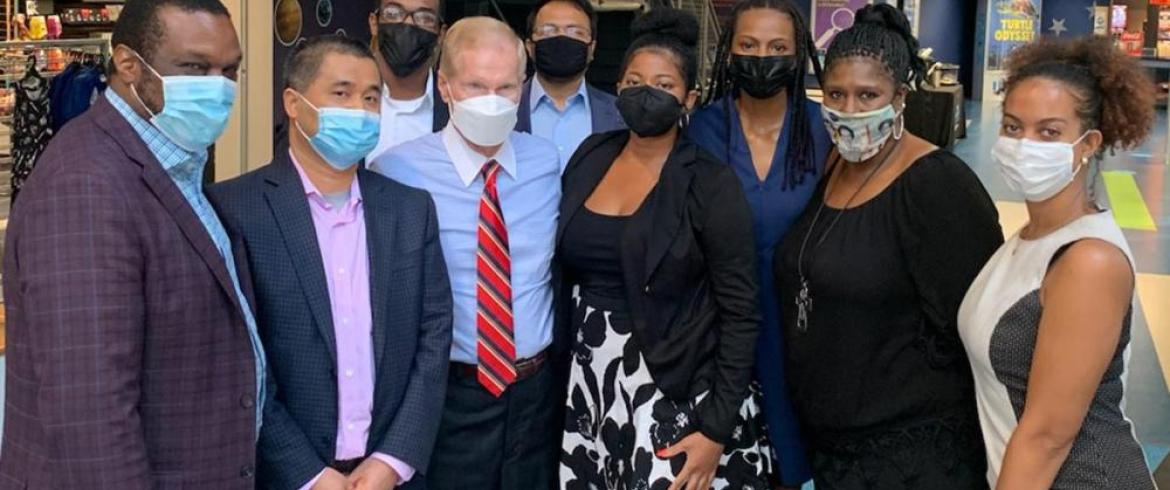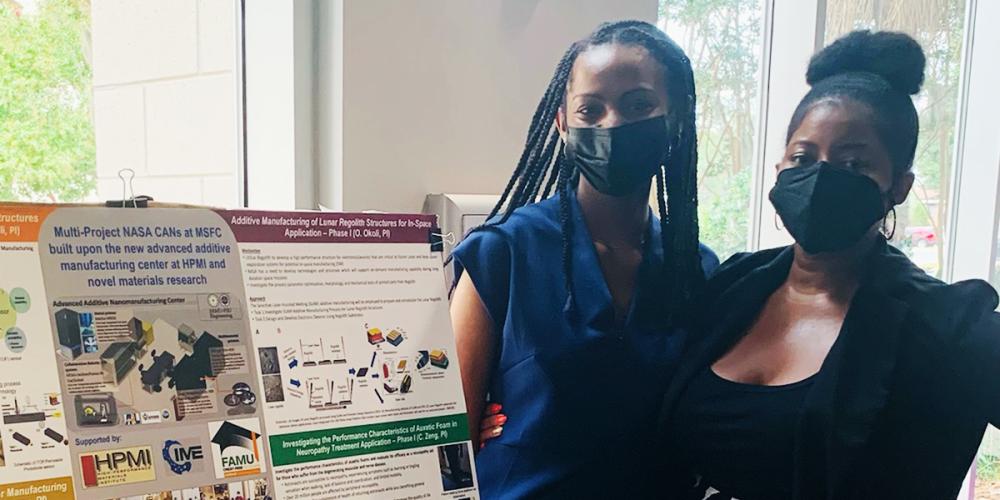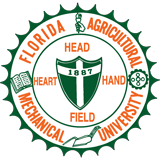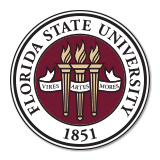
Left to Right: FAMU-FSU College of Engineering faculty members Okenwa Okoli and Changchun Zeng with NASA Administrator Bill Nelson; NASA project manager LaBreesha Batey; Danyale Berry (engineering graduate at the college and NASA intern; and Angela Lovelady, NASA Small Business Tech. Coordinator) at an Oct. 2021 visit to the Challenger Learning Center in Tallahassee, Florida. (M Wallheiser/FAMU-FSU Engineering)
LaBreesha Batey saw her mother’s struggles with neuropathy, a debilitating disorder that affects the nerves. The NASA researcher watched her mother push through every obstacle to successfully raise three children, while bravely battling the disease. Now Batey has a chance to help alleviate the problem that affects more than 20 million people in the U.S.
She is the principal investigator and project manager at NASA’s Marshall Space Flight Center in a collaborative project with the FAMU-FSU College of Engineering. The partnership explores the use of auxetic foam for treating the symptom of neuropathy. The innovative material may reduce the trauma associated with the disease.
“My mom’s experience with neuropathy serves as my inspiration for this research project, “Batey said. “She raised our family, on her own, in a wheelchair, all while fighting the disease. We are collecting data to understand how auxetic foam may improve outcomes for the disease.”
The joint research project, funded by a NASA Cooperative Agreement Notice Initiative in collaboration with Florida A&M University, recently received the 2021 Best Technical Project of the Year award from NASA. The college contributed the research foam for the project, and students are getting internship opportunities at NASA to work on the project with Batey.
Changchun Zeng, professor of industrial and manufacturing engineering at the college, originally developed the novel auxetic foam technology used in the research. His faculty co-investigator is Okenwa Okoli, a professor and chair at the college, and the associate director of the High-Performance Materials Institute, where the foam was developed.
“In the study, we want to test how the auxetic foam can improve comfort and mitigate some of the neuropathy pain patients experience while walking,” Zeng said.
The foam provides a responsive type of cushioning and has a correcting effect so patients can walk better.
“Auxetic foam expands when stretched and shrinks when compressed,” Zeng said. “This is different than almost all naturally occurring or synthetic materials. The material significantly improves pressure relief and relieves impact and indentation resistance. It is ideal for this project.”
The foam Zeng developed was first used in biomedical devices like prosthetics and is adaptable to many other uses. In addition to the possibilities being explored in neuropathy, the foam may be used in military equipment, automotive and aircraft technologies, as well as athletic protection. It may also cushion helmets and add a layer of protection against head injuries associated with sports.
NASA has an interest in this research because astronauts can suffer neuropathy symptoms after being in space. When Scott Kelly returned from a yearlong mission in an environment without gravity, the astronaut experienced muscle deterioration, muscle loss, poor circulation and neuropathy upon his return to earth. The project provides valuable data that helps astronauts and can also be applied to sufferers of the disease in the general population.
Danyale Berry, a first-year graduate student in industrial and manufacturing engineering at the college via FAMU, is advised by Zeng and works as an intern at NASA during the summer. She is working with Batey on the NASA project, who is also her manager and mentor.
Berry began her journey as a NASA intern two years ago during her sophomore year at college. She planned on being a physical therapist but, after working on the project at NASA, she decided to pursue a doctorate in engineering at the college.

During her first internship, she worked on the Neuropathy Experience Wellness project, the first phase of the neuropathy study at NASA. The research provided the baseline data used in the current neuropathy and foam project.
“I started my internship with Ms. Batey in 2019 and was part of the first project on neuropathy at NASA,” Berry said. “Since that time, I received increasingly more exposure to engineering concepts. The experience shaped my decision to pursue my doctorate in engineering.”
The work combines the FAMU-FSU College of Engineering’s expertise in auxetic foams and characterization with the Marshall Space Flight Center’s comprehensive testing capability and know-how in space technology. It also provides opportunities for research experiences for students at the college.
“My experience and mentorship in the NASA program inspired me to combine material engineering with biomedical applications,” Berry said. “It inspired me to want to assist those affected by peripheral neuropathy and those with limited mobility.”
“NASA has a strong program that supports students,” Zeng said. “They have a variety of internships where students have the chance to work on something exciting under the guidance of a preeminent government institution with an excellent history of research and development.”
In the future, the researchers at NASA and the college hope to investigate the characteristics of auxetic foam for other uses, including incorporating of the foam into various components of space flight suits and high-performance structures deemed critical for future lunar and deep exploration systems.
Students that are interested in the project and other NASA internships can apply at this NASA site.
Related research
FSU-developed foam could offer NFL players powerful protection against head injuries

